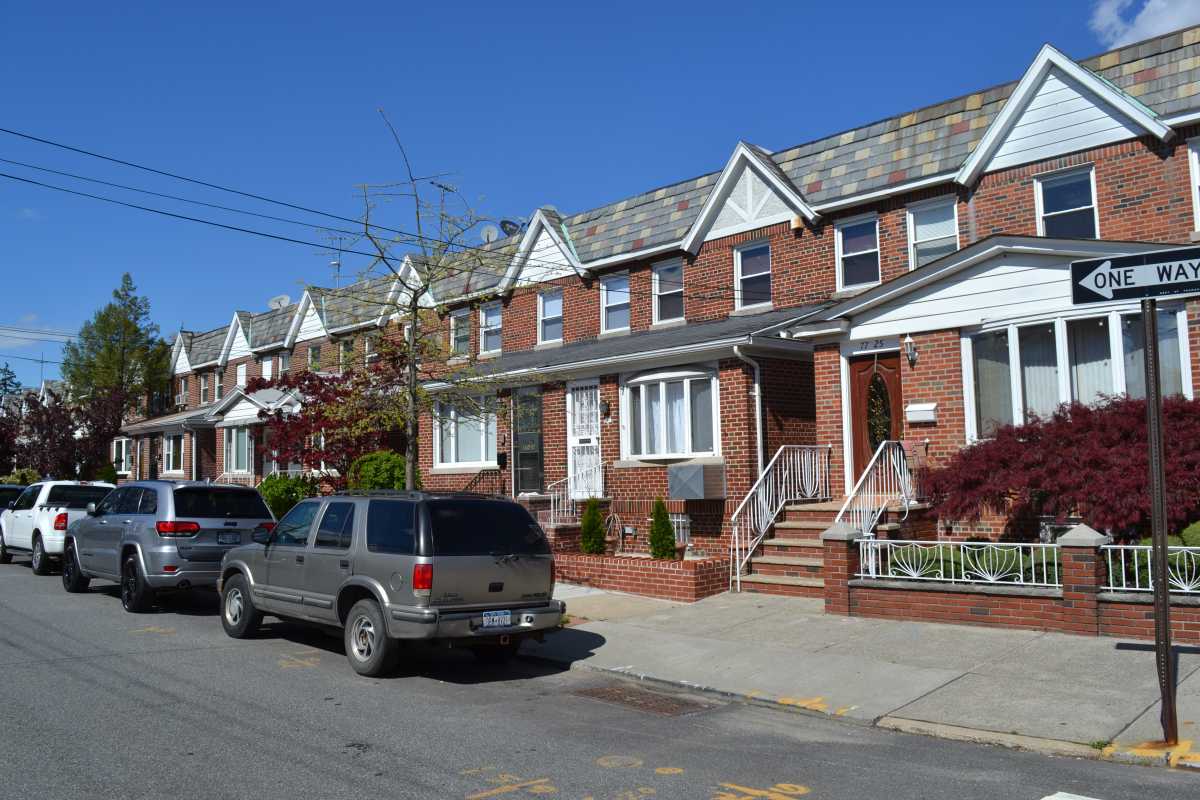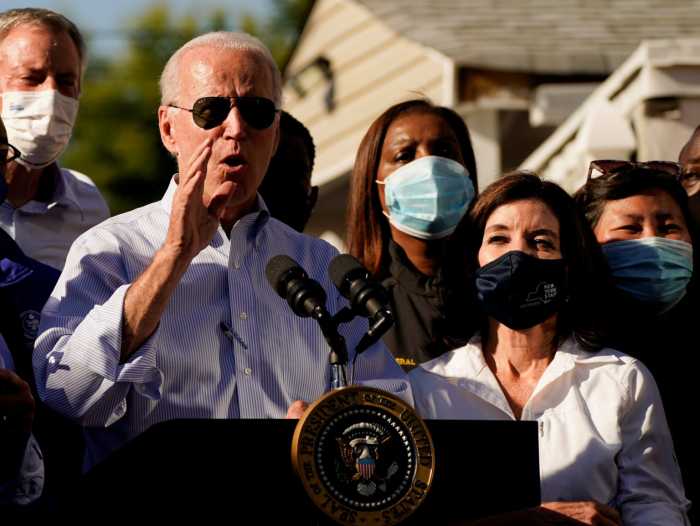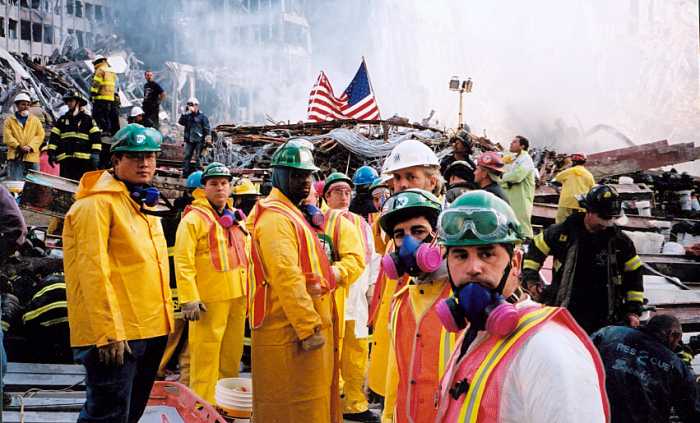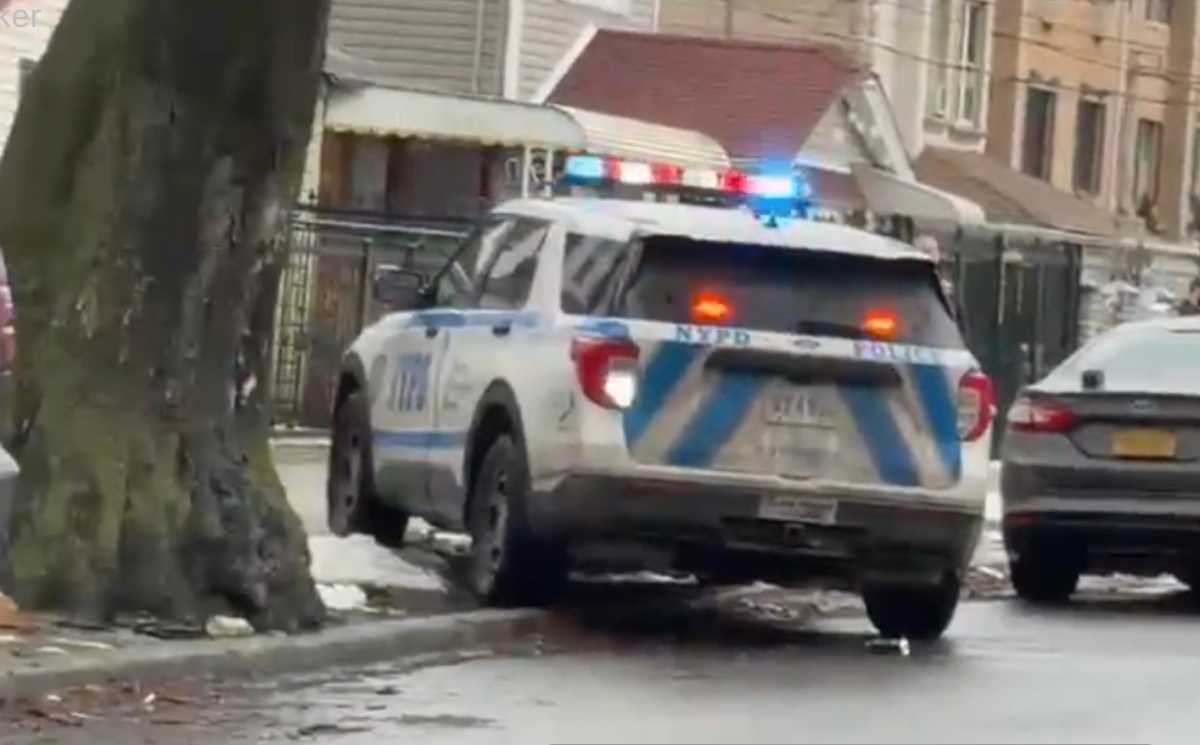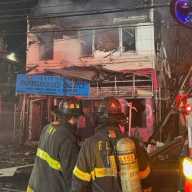As real estate markets around the city begin to recover from the pandemic, new data from StreetEasy shows that the Queens real estate market is making the fastest recovery throughout New York City after a COVID-related downturn last year.
According to the report, the highest-priced tier of rentals in Queens has already recovered to pre-pandemic levels.
Queens was the first of any borough in StreetEasy’s analysis to see high-end rents — or rentals above $2,500 — recover to 99 percent of their pre-pandemic highs.
This signals that renters are searching for an alternative to typically pricier rents in Brooklyn and Manhattan and are heading to Queens, driving up demand, according to Nancy Wu, an economist with StreetEasy.
“There is a sweet spot in the market right now for more expensive places, but what’s interesting is that while there is a high demand, there is supply actually meeting it,” Wu said. “There is an increase in construction throughout Queens, such as in Long Island City, to meet these demands, while landlords of luxury buildings in Queens are raising prices.”
According to data from ApartmentList, median rent on a one-bedroom apartment in Queens only increased 0.6% from August 2020 to August 2021, compared to nearly 11% and 14% increase in Brooklyn and Manhattan, respectively. Anticipating this demand, landlords of luxury buildings in Queens are raising prices.
Unlike Manhattan and Brooklyn, Queens home prices didn’t fall during the pandemic — the borough merely saw a temporary pause in home sales. In Manhattan and Brooklyn, prices have been falling all throughout last year, a trend that started even before the pandemic.
Moreover, Queens’ pandemic-related lull has already started its recovery. Prices are beginning to grow in all segments except for the most affordable homes.
Prices for the most expensive homes in Queens fell by nearly 5% between March 2020 and March 2021, after growing for the past several years. But they have now begun to rise again, which Wu says is a sign of buyers coming from more expensive areas of the city, such as Manhattan and Brooklyn.
Meanwhile, the borough’s least expensive and mid-tier homes still have a long way to go before rents return to pre-pandemic levels, which is welcome news for homebuyers and renters worried about affordability.
For rentals in the middle and most affordable tier — many in areas hit hardest by the pandemic — prices are beginning to recover, but slowly. Prices for those homes still remain well below pre-pandemic highs, which means that these affordable deals will be around for months to come for those buying on a budget.
While inventory shot up during the pandemic and remained relatively high, Wu expects Queens rental inventory to come down to pre-pandemic levels by late December. Wu also expects that as inventory declines, higher rents will follow, and Queens overall could recover to pre-pandemic levels by as soon as the end of 2021. Brooklyn won’t experience this change until March 2022, and November 2022 in Manhattan.
Since the beginning of the pandemic in March 2020, Queens sale prices fell the most in the most affordable third of homes on the market, and they are continuing to fall. Because of the pandemic’s disproportionate toll on lower-income residents, the cheapest homes in Queens got cheaper as the workers were more likely to seek and live in the more affordable homes.
In addition, renters in Queens areas that have experienced high COVID-19 rates, such as Jamaica Hills and Corona, were four times more likely to face eviction than residents elsewhere, according to The New York Times. With high eviction filings and a bad economy, landlords would not be able to raise rents much without losing even more renters than they already have.
Wu predicts Queens’ real estate market as the best place for renters and buyers to keep an eye out in the upcoming year.
“Queens always had a strong housing market. It’s usually overshadowed, but now Queens has become a top choice for people,” Wu said. “Now that commute is not as big of a factor, prices and rent is reflecting that.”

